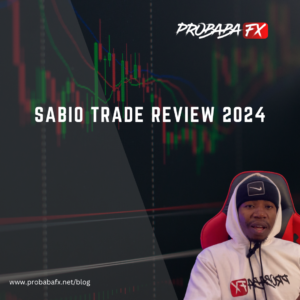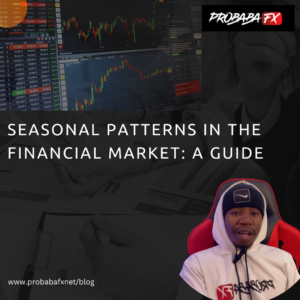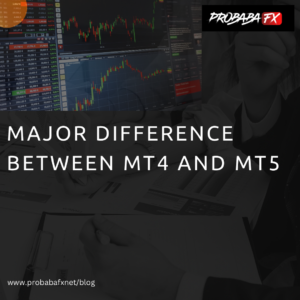The constantly changing forex market offers traders a wide range of chances. However, your ability to understand the complexity of the industry is frequently what determines success in this area. Welcome to the realm of forex market analysis, where fundamental, emotional, and technical analysis are the three main pillars that act as your reliable guides. Let’s learn how to master these vital instruments.
1. Fundamental Analysis: The Foundation
An in-depth examination of the economic, political, and social variables affecting currency prices is done in fundamental analysis. It is the basis of forex analysis and consists of:
Economic Indicators: Researching statistics on a nation’s GDP, employment rate, and inflation rate can offer insights into that economy.
Interest Rates: Variations in interest rates have a big influence on the value of currencies. The key here is central bank policy.
Political Stability: The forex market may experience volatility as a result of political actions such as elections and policies.
2. Sentimental Analysis: The Market’s Emotions
Analyzing market sentiment is like figuring out what traders think all at once. An emotional analysis includes:
Market Sentiment Indicators: The Commitment of Traders (COT) report and sentiment surveys are tools that show how traders are feeling about the market.
Risk Aversion vs. Risk Appetite: These viewpoints can have an effect on the forex market, particularly during crises or major economic changes.
3. Charting Techniques: Technical Analysis
The main components of technical analysis include price patterns, charts, and indicators. It is a visually appealing method of market analysis that contains the following:
Candlestick patterns: These can reveal whether price movements will reverse or continue.
Support and Resistance Levels: Identifying important price points where an asset is likely to find support or encounter opposition
Indicators: To aid traders in understanding price data, tools like moving averages, the Relative Strength Index (RSI), and MACD are used.
So what’s the secret ingredient?
The interplay of these components is where the true secret is. In order to make well-informed judgments, successful traders frequently incorporate information from all three forms of study.
In conclusion, mastering the art of forex market analysis necessitates a thorough comprehension of its emotive, technical, and essential components. Investigating these components will help you learn the strategies used by seasoned traders to negotiate the always-changing forex market. Cheers to trading!
#ForexAnalysis #ForexMarket #TradingStrategy #TechnicalAnalysis #FundamentalAnalysis #Probabafx




